Product Development: Fun or painful?
We think product development should be fun. There will always be issues, failures, pivots, new issues, new failures, more pivots, and yet innovating, creating, visioning, pitching, problem-solving, building, respecting one another during product creation is a total kick in the pants.
But what makes product development fun? There’s a tool we like to use for the exploration of ideas. It’s called “Backwards Thinking” from Peter Bevelin’s book Seeking Wisdom. You take something you want to avoid, perhaps you want to avoid an early death or a bad marriage, then you study what causes early deaths and bad marriages, and strive to do the opposite.
In our case here let’s study what makes product development the opposite of fun. Perhaps let’s imagine that product development is treacherously painful, think about what makes it so - and then strive to do the opposite.
To get you started, here are a few ideas for making product development treacherously painful. Not an endless list, just enough to get you started. All we have to do is strive to do the opposite of this and we’ll get closer to the possibility of product development being more enjoyable, perhaps even fun.
The customer isn’t involved. The team may not even have any remote idea who the customer is. Let’s say the customer is represented as “C”. The person who talks directly to the customer is represented as “C-1”. Someone who talks to the person talking to the customer is a “C-2.” Painful product development is when the team thinks they’re at "C-4" or more.
The problem doesn’t match the solution. Even though we know this, we fell in love with the solution so we’re continuing to build it.
Begin development with a poor vision. Perhaps someone hands the team a vision that is not understood. Or perhaps the team doesn’t agree with it, and worst of all they don’t have a say in response.
Innovation doesn’t happen together. Someone else does the creative stuff and then the team has to execute. Instead of form following function, function follows someone else’s form, and worst case, we don’t even know how to contact this other “creative” team.
The culture stated on the web page and in the hallways on the motivational posters is not what happens when nobody is looking. (We don’t believe in our own culture.)
There is evidence of a widespread lack of respect. Beginning with one or two at the top, with the end result that ideas are squelched. Nobody has the courage to speak up.
And speaking of the top: the hierarchy is a joke. There are 5-7 layers between the people building the product and the CEO.
Learning stopped. We think we know everything already. No research, no classes, no unbridled exploration in other networks. Networking even stopped.
Issues are avoided, not talked about, (even though there are always issues), and yet when they end up escalating - perhaps on demo day - someone is blamed. And nobody has time for problem solving of these issues.
Quality work is discouraged. We don’t have time for improving the product.
Instead of having a product owner mind the product, there are “folks at the top” who dictate the priority of work every day. And it changes every day. They don’t know why they are building what they are building other than someone told them to. As a result we also need lots of project managers to coordinate all of the disjoint activities.
This isn’t a definitive list and we know you have thoughts to add for “Backwards Thinking” into product development fun. What have we missed?

